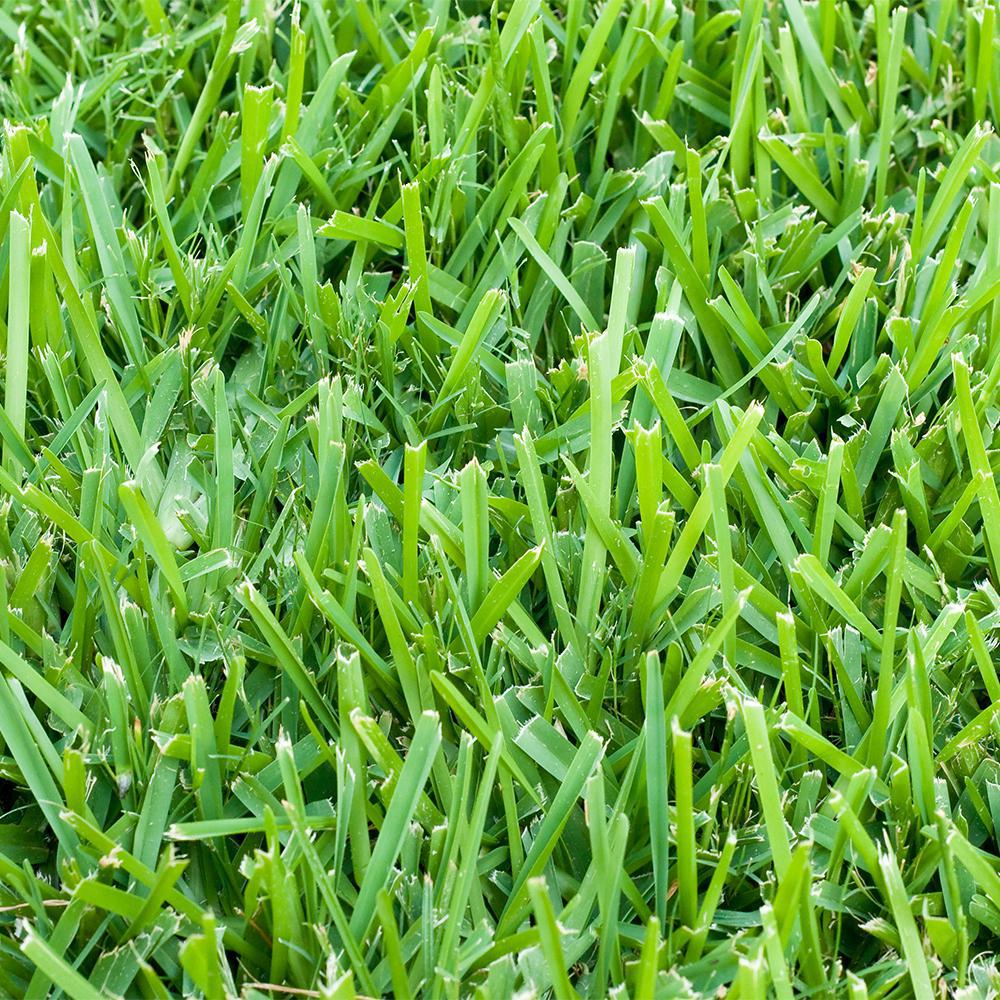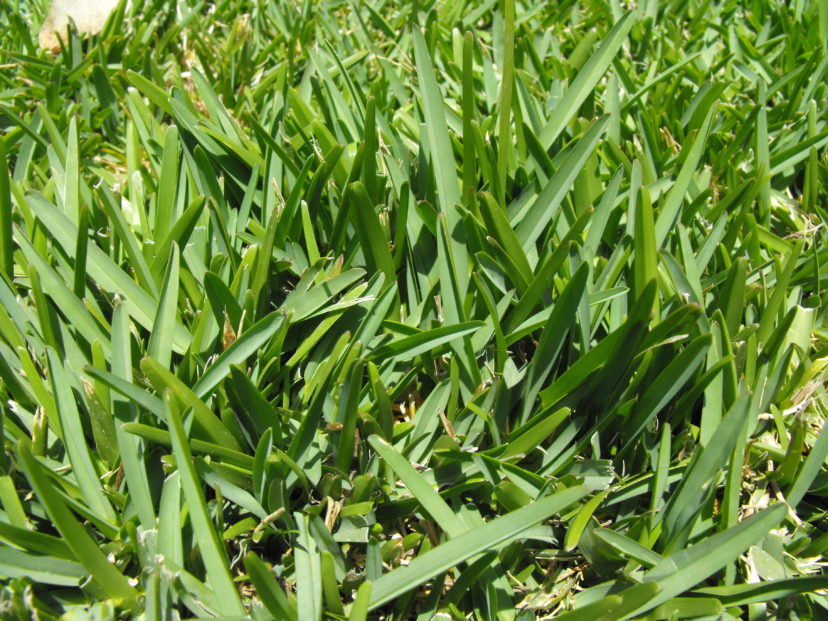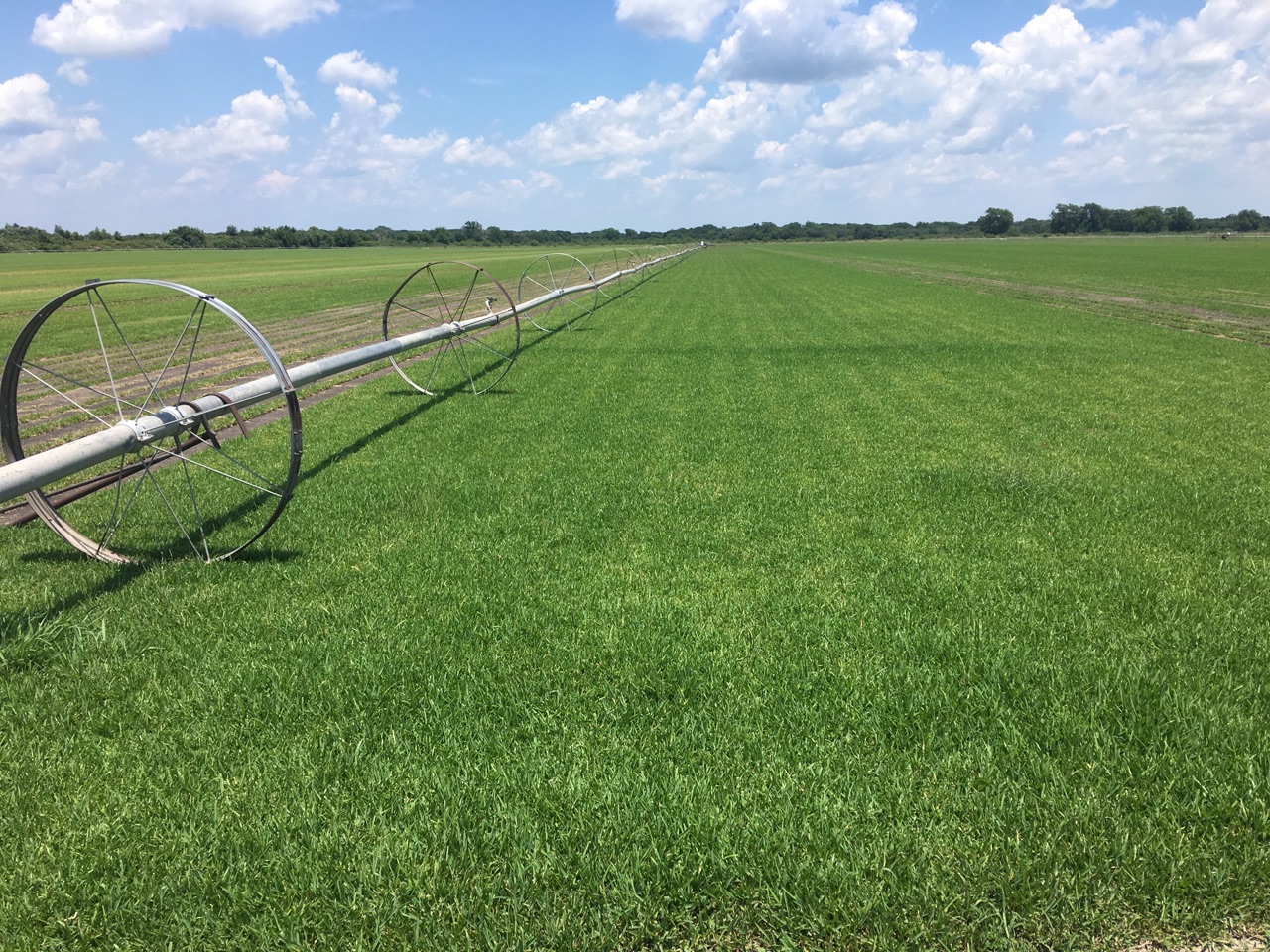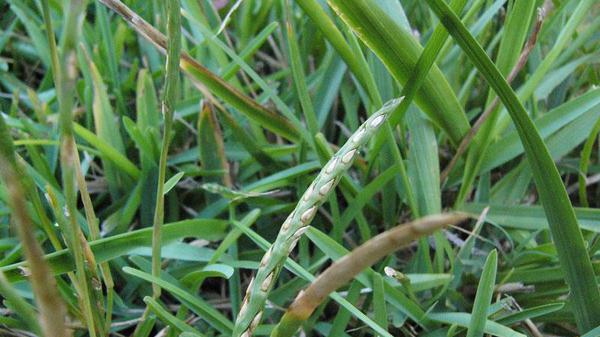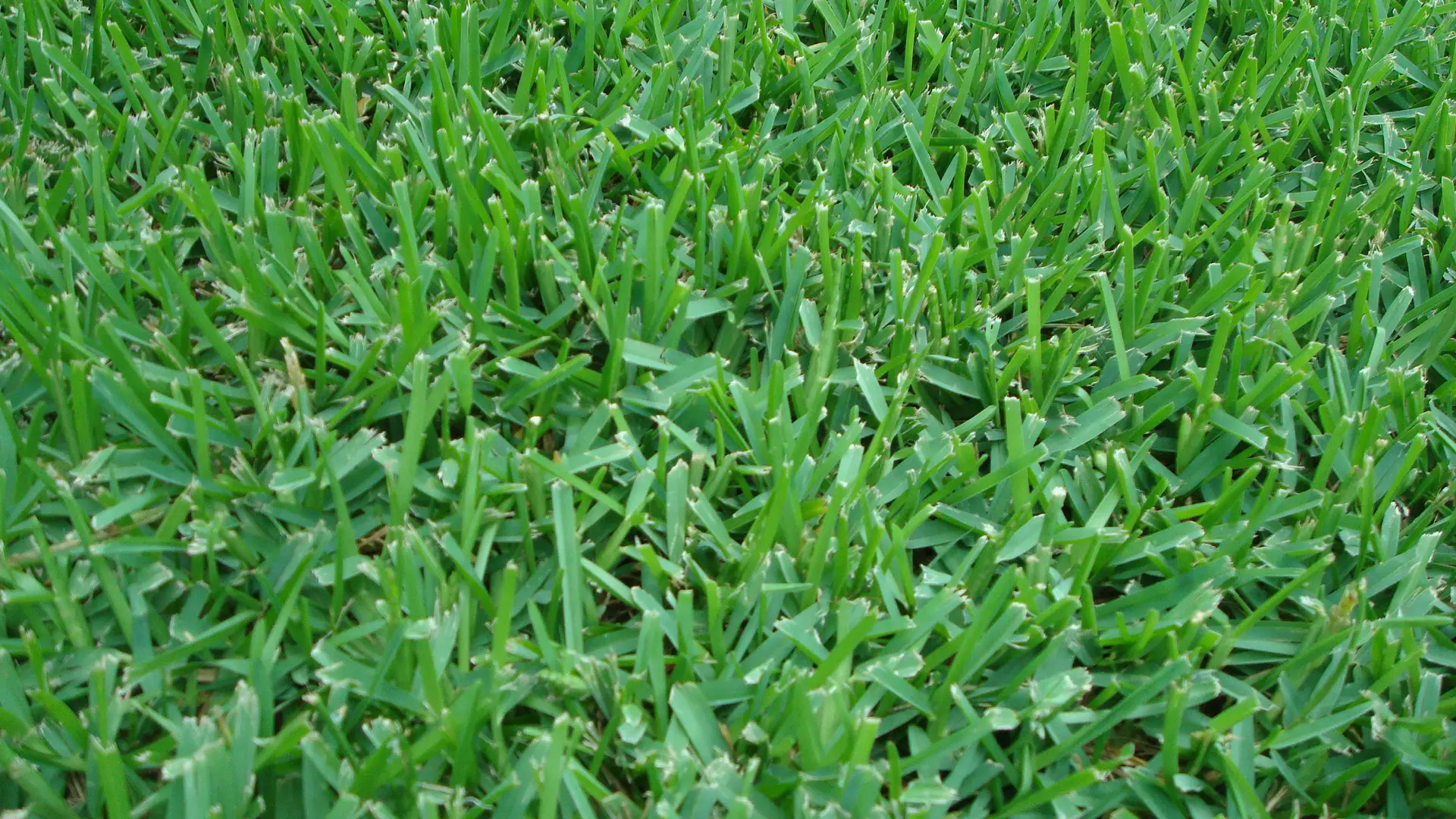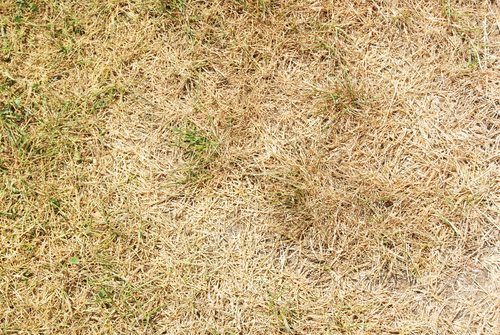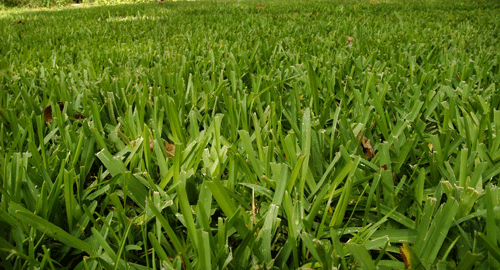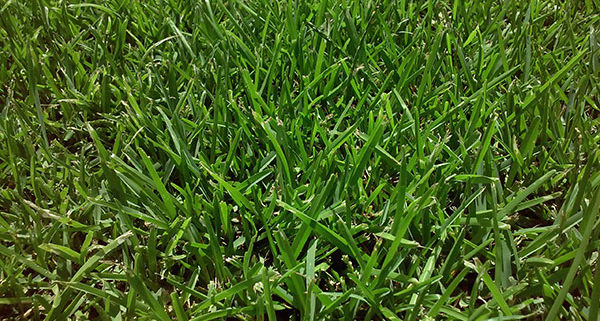St Augustine Grass Raleigh Nc

Augustinegrass a cold hardy st.
St augustine grass raleigh nc. It has broad leaves of medium green color and a coarse texture. Raleigh adapts well to heavier organic clay soils with medium to low soil ph. The cultivar raleigh has the best cold tolerance and is well adapted for the eastern side of the piedmont and the western side of the coastal plain. Augustinegrass is very shade and salt tolerant but is considered the least cold tolerant lawn grass.
It is cold hardy and shade tolerant but requires 3 to 4 hours of direct sunlight a day. Augustinegrass can be planted in northern florida due to its tolerance to lower temperatures. With the exception of florida. Augustine to the southern u s.
Augustinegrass is a fast growing turfgrass best adapted to the coastal plain. It has a medium green color with a coarse texture. This is the most widely grown variety of st. Call 1 888 new grass 1 888 639 4727 for more details.
Augustine grass in texas. It is susceptible to chinch bugs but this variety of st. Raleigh is a medium coarse vigorous lawn grass and is the most widely adapted st. With proper maintenance it will provide a dense lush lawn.
Choose the store or farm location nearest to you to check availability and price. With proper maintenance it will provide a dense lush lawn. It has a medium green color with a coarse texture. Augustinegrass spreads by stolons.
This robust perennial grass works well for pastures and lawns in warm coastal areas. Augustine grass is a cold hardy cultivar released by north carolina state university in 1980. It has a medium green color with a coarse texture. Augustine grass stenotaphrum secundatum is no exception.
Augustinegrass cultivar was first discovered on a lawn in raleigh north carolina and released to the public by north carolina state university in 1980. Raleigh grass is drought tolerant and can handle traffic as long as it s not excessive. Raleigh grass which is a cold hardy st. Augustine cultivar was first discovered on a lawn in raleigh north carolina and released to the public by north carolina state university in 1980.


